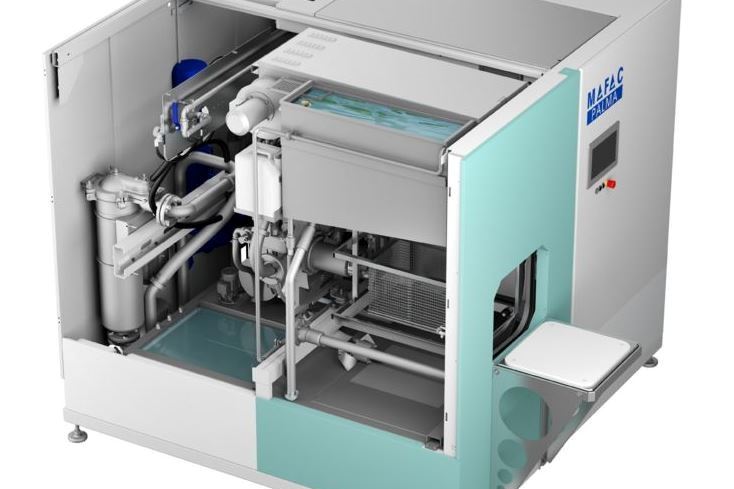Rough Surface Finish after Anodizing
Question: We supply pretreatment chemicals to an anodizing company.
Question:
We supply pretreatment chemicals to an anodizing company. They are experiencing a “rough surface” finish after anodizing. What could be the likely cause of this problem? A.O.
Answer:
It is usually difficult to troubleshoot problems like this without actually being there. I can suggest some things to check. First, here are some obvious things to think about. Does the problem occur consistently, that is, on every load processed, or is it sporadic? How old are the baths? Are they decanted or dumped and made up fresh on a regular basis? Are bath concentrations and pHs checked regularly? Are they accurately measured and within the limits set?
Featured Content
There is not much that can happen to cause a rough finish in the anodize tank itself. Possibly anodizing too quickly, such as very high current density, could cause this under certain conditions. If the bath is “cold” and very high in aluminum, it is possible to precipitate aluminum sulfate onto the surface of the work, but I have never seen this happen in practice.
The anodizer must carefully observe the loads after each individual chemical process to see exactly where the roughening is occurring. Check after cleaning, deoxidizing, etching, and desmutting and after all the rinses in between these steps as well as after anodizing. Make sure the aqueous cleaner is doing its intended job of thoroughly removing all the soils. A water-break free surface is what you want. If they use an alkaline cleaner, is it etching the parts? Alkaline cleaners should not be etching in most cases. Check to see that the concentration, temperature and “activity” of the desmutter are under control. An overly aggressive desmutter or deoxidizer could possibly cause some roughness if the parts are allowed to dwell too long in the bath. The most likely source of the roughness is in the caustic etching of the parts, although you don’t say if the parts are etched. Too much etching at a high temperature (150F or higher) can cause roughness sometimes. Contamination of the etch bath, especially with zinc from a high zinc alloy such as 7075, can show up as a “galvanized” or “spangled” appearance even on non-7075 parts. This is caused by preferential etching at the metal grain boundaries and can sometimes feel or look rough. Adding either sodium sulfide or sodium dichromate in very small amounts can usually clear this up in the short run, but the etch bath should be dumped or decanted to lower or eliminate the zinc for a better cure. If long etching is required for some reason, the addition of sodium nitrate can both accelerate and smooth the etching action.
If all else fails, make up new cleanup baths one at a time to see if that eliminates the problem.
RELATED CONTENT
-
Preventing Anodizing Cathodes from Turning Red
While the red color may not be desirable, anodizing expert Drew Nosti says it poses no particular problem to a successful anodizing process.
-
Zinc Electroplating
Choosing the best process for your operation.
-
Aluminum Surface Finishing Corrosion Causes and Troubleshooting
In this paper, a review of several process solutions, examining coolants, solvent cleaning, alkaline clean/etch and deoxidizing/desmutting, listing intended and unintended chemical reactions along with possible mechanisms that would favor corrosion formation.



















